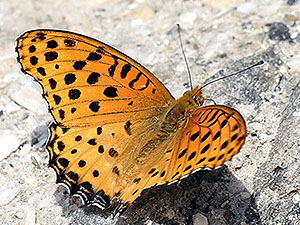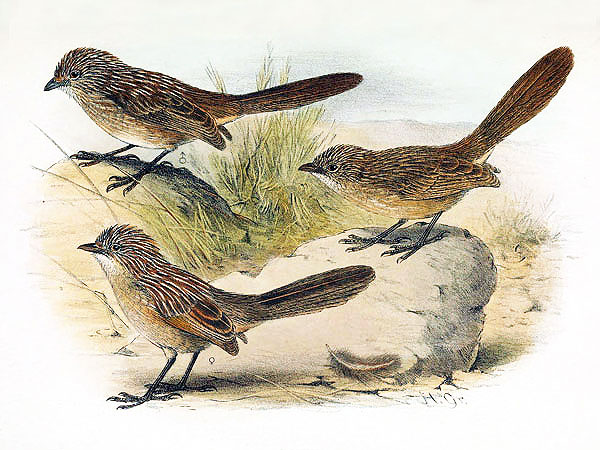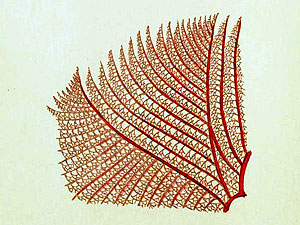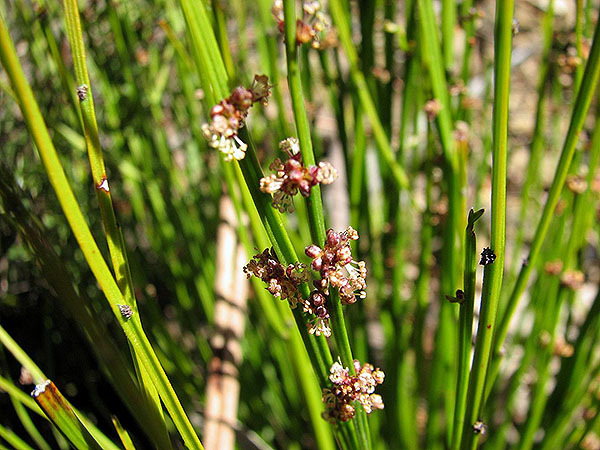The Australian- or laced Fritillary was described in 1873, originally as a distinct species, but is now regarded as a subspecies of the Indian Fritillary (Argynnis hyperbius (L.)) (see photo). It is endemic to eastern Australia, where it is restricted to coastal areas of southern Queensland and northern New South Wales.
The species inhabited damp areas where the host plants of its larvae, Banks’ Violet (Viola banksii K. R. Thiele & Prober) and the Arrow-leaved Violet (Viola betonicifolia Sm.), were found growing abundantly.
Most of the sites that this species was known to inhabit, have been destroyed due to human activities, thus the populations broke down and disappeared completely; the very last known specimen was finally caught on April 17th, 2001, the Australian Fritillary is now most likely totally extinct.
*********************
References:
[1] Trevor A. lambkin: Argynnis hyperbius inconsistans Butler, 1873 (Lepidoptera: Nymphalidae: Heliconiinae): a review of its collection history and biology. Australian Entomologist 44(4): 223-268. 2017
*********************

Indian Fritillary (Argynnis hyperbius)
Photo: Shriram Bhakare
https://www.inaturalist.org/people/milind_bhakare
http://creativecommons.org/licenses/by-nc/4.0/
*********************
edited: 07.08.2022




